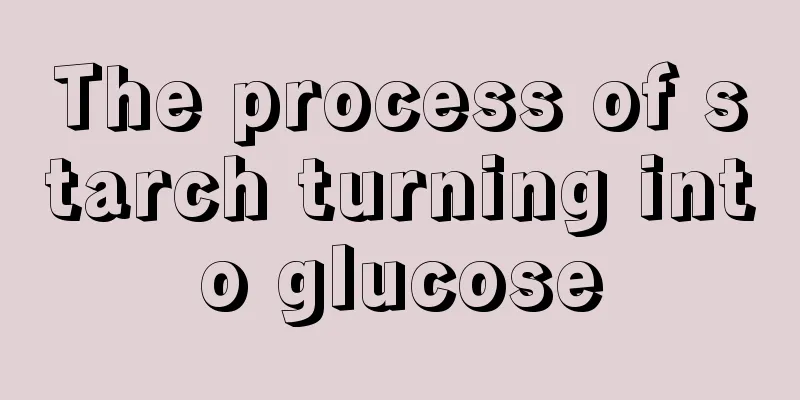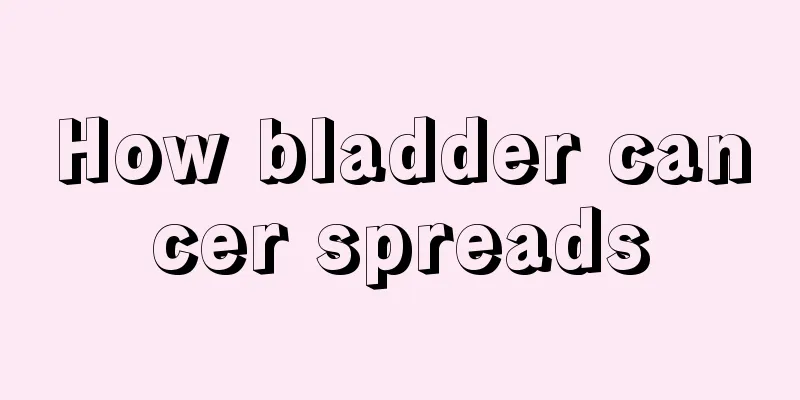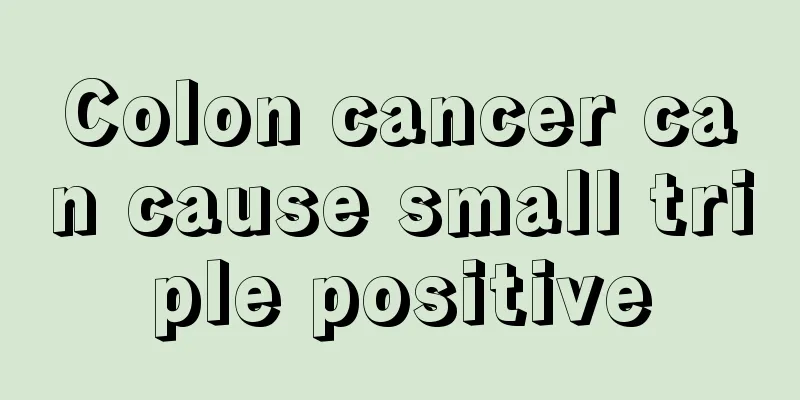The process of starch turning into glucose

|
Many people certainly don't understand the process of starch gradually turning into glucose. In fact, glucose will gradually be produced during the cooking process of starch. This explains why when starch is made into buns and steamed buns, there is a hint of sweetness when chewing. This is caused by glucose, so people will like to eat it more and the taste becomes particularly good. Starch is a polymer of glucose molecules and is the most common storage form of carbohydrates in cells. Starch is also known as cornstarch in the catering industry. Its general formula is (C6H10O5)n. When hydrolyzed to the disaccharide stage, it becomes maltose, and its chemical formula is C12H22O11. After complete hydrolysis, it becomes monosaccharide (glucose), and its chemical formula is C6H12O6. There are two types of starch: amylose and amylopectin. The former is an unbranched helical structure; the latter is composed of 24 to 30 glucose residues connected end to end by α-1,4-glycosidic bonds, and α-1,6-glycosidic bonds at the branches. Amylose turns blue when exposed to iodine, while amylopectin turns purple when exposed to iodine. This is not because starch and iodine undergo a chemical reaction or interaction, but because the central cavity of the starch helix can accommodate the iodine molecule, and through the van der Waals force, the two form a blue-black complex. Experiments have shown that iodine molecules alone cannot turn starch blue. In fact, it is the iodine molecular ions (I3) that make starch turn blue. Starch is a nutrient stored in plants, stored in seeds and tubers. The starch content is high in various plants. Starch can be considered as a polymer of glucose. In addition to being edible, starch is also used industrially to make dextrin, maltose, glucose, alcohol, etc. It is also used to prepare printing paste, sizing of textiles, gluing of paper, pressing of pharmaceutical tablets, etc. Starch (amylum) is a polysaccharide. Making starch is a way for plants to store energy. Molecular formula (C6H10O5)n. Starch can be divided into amylose (sugar starch) and amylopectin (gel starch). The former is an unbranched helical structure; the latter is composed of 24 to 30 glucose residues connected end to end by α-1,4-glycosidic bonds, and α-1,6-glycosidic bonds at the branches. Amylose turns blue when exposed to iodine, while amylopectin turns purple when exposed to iodine. This is not a chemical reaction between starch and iodine, but an interaction. The central cavity of the starch helix can accommodate the iodine molecule, and through the van der Waals force, the two form a blue-black complex. Experiments have shown that iodine molecules alone cannot turn starch blue. In fact, it is the iodine molecular ions (I3) that make starch turn blue. |
<<: Are river crabs cold in nature?
>>: Baked purple sweet potato calories
Recommend
How to care after uterine cancer surgery? Five key nursing points for women undergoing uterine cancer surgery
Surgery is one of the common treatments for uteri...
What to eat for yellow eyeballs
Normally the whites of human eyes are white, but ...
Are pumpkin and zucchini the same?
Pear melon and zucchini are both common vegetable...
The efficacy and function of camphor wood
Camphor wood, perhaps everyone thinks it is just ...
Biliary duct cancer will recur a few years after resection
In today's society, with the rapid developmen...
What are the causes of fibroids
Nowadays, many patients suffer from diseases but ...
What diseases does Jingan Capsule treat
I believe everyone is familiar with Jingan Capsul...
What are the symptoms of female breast cancer
After the middle stage of breast cancer, as the l...
How to reduce the incidence of prostate cancer in men
The incidence of prostate cancer is very high. Th...
How to remove blood stains from clothes
It is very likely that blood will get on clothes,...
The role and efficacy of sulfur soap
I believe many people have used sulfur soap. This...
What are the effects of Dalawon injection
With the improvement of people's living stand...
How to detect early stage brain cancer
What are the early detection methods for brain ca...
What are the causes of gastric cancer? Pay attention to these three aspects
The causes of gastric cancer are relatively compl...
What is the preferred treatment for idiopathic thrombocytopenic purpura?
Idiopathic thrombocytopenic purpura is a common h...









